Photographs: Reuters N Chandra Mohan
The recent expos of Swiss bank account holders has rekindled a controversy regarding the amount of illegal money stashed abroad by Indians.
Political leaders have been demanding these funds be returned and even distributed to the poor.
Amazing sums like $1.4 trillion have been bandied about, even though it is well-recognised that the exact numbers are difficult to come by.
. . .
Black money abroad? It's returning via FDI, P-Notes!
Image: It is said that $88 billion left India from 1971 to 1997Photographs: Reuters
Since capital flight has been the norm in India till recently, the popular perception is that this haemorrhage continues on a growing scale even in an era of reform.
According to an International Monetary Fund report a decade ago, $20-$30 billion, or $1-2 billion every year, might have leaked out of the country during 1971-86.
This number was taken from a 1990 study on capital flight and trade misinvoicing by Meenakshi Rishi and James Boyce.
Rishi later updated these estimates, which indicated that $88 billion, or $3 billion every year, in 1997 dollars left the country from 1971 to 1997.
. . .
Black money abroad? It's returning via FDI, P-Notes!
Image: Real illicit outflows gathered momentum between 1991 and 2008Photographs: Reuters
Real illicit outflows gathered momentum between 1991 and 2008 when their growth accelerated to 16.4 per cent a year against 9.1 per cent from 1948-1990.
. . .
Black money abroad? It's returning via FDI, P-Notes!
Image: Illicit inflows exist when the recorded use of funds exceeds the sourcePhotographs: Reuters
Illicit inflows exist when the recorded use of funds exceeds the source. This residual measure, then, is adjusted for the net effect of trade misinvoicing, notably, export underinvoicing and import overinvoicing.
. . .
Black money abroad? It's returning via FDI, P-Notes!
Image: Net effect of misinvoicing must be consideredPhotographs: Reuters
The remaining forex earnings are parked abroad. Similarly, when the invoice overstates imports. But there can be inflows when exports are overinvoiced and imports underinvoiced.
The net effect of misinvoicing, thus, must be considered. As Kar seeks to derive gross illicit outflows, periods of misinvoicing with the wrong sign are set to zero. So, too, are inward flows when sources of funds fall short of uses.
. . .
Black money abroad? It's returning via FDI, P-Notes!
Image: Not all outflows are illicitPhotographs: Reuters
This phenomenon can also be viewed in three ways: gross capital flight, reverse capital flight and net capital flight. Much like outflows, there can be inflows.
In fact, the size of capital inflows and outflows sloshing through India's balance of payments is as much as 103.5 per cent of GDP. The difference between gross and reverse flight is net capital flight.
. . .
Black money abroad? It's returning via FDI, P-Notes!
Image: Incentive to stash money abroad has droppedPhotographs: Reuters
India is also one of the world's fastest-growing economies.
With current account convertibility and liberalised trade, the financing requirements for the illegal import of items like gold have also come down from earlier times when smuggling was rampant.
. . .
Black money abroad? It's returning via FDI, P-Notes!
Image: Between 1998 and 2008, net inflows fell to $5 millionPhotographs: Reuters
Between 1998 and 2008, net inflows trickled down to $5 million a year in 2005 dollars.
As noted earlier, Kar's methodology is somewhat different in normalising illicit inflows and shows gross illicit outflows of $1.3 billion in 2005 dollars from 1998 to 2008.
. . .
Black money abroad? It's returning via FDI, P-Notes!
Image: Rich Indians are bringing back money in form of P NotesPhotographs: Reuters
Black money abroad? It's returning via FDI, P-Notes!
Image: Returning flight is fuelling realty boomPhotographs: Reuters
Nevertheless, the perception persists of a stock of funds held abroad in Switzerland and elsewhere waiting to be brought back by a pro-active government.
*a)The Drivers and Dynamics of Illicit Financial Flows from India:1948-2008, November 2010 and b) Illicit Financial Flows from Developing Countries: 2000-2009, Update with a Focus on Asia, January 2011 (co-author Karly Curcio).

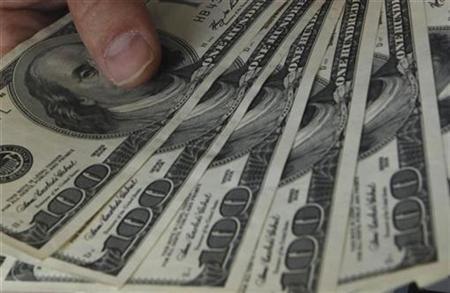


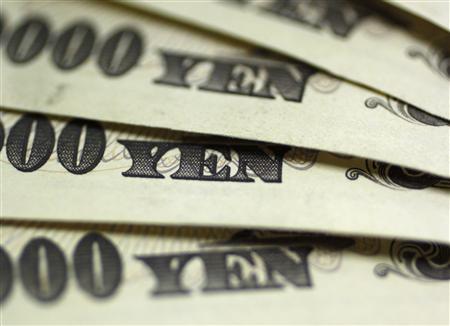
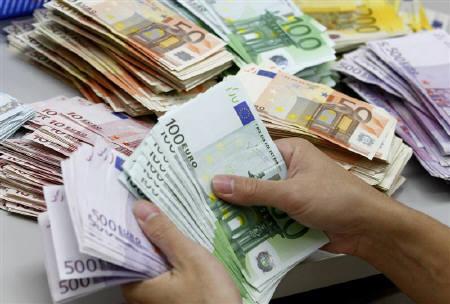
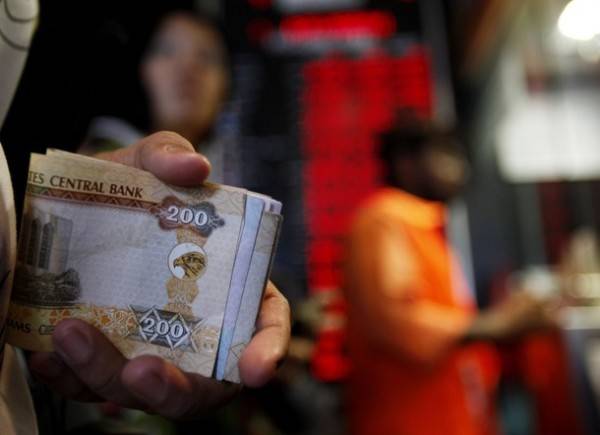
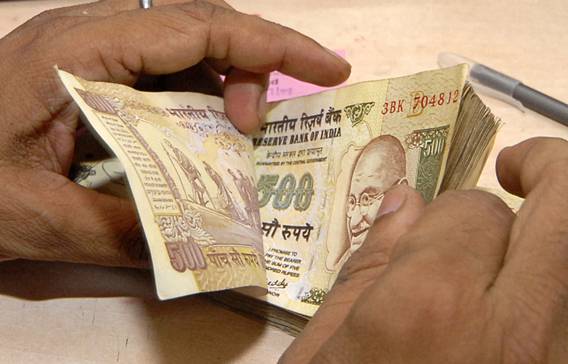
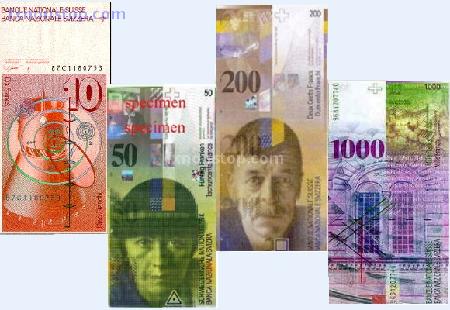




article